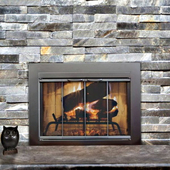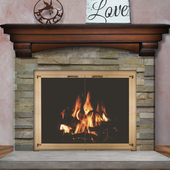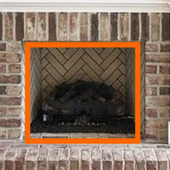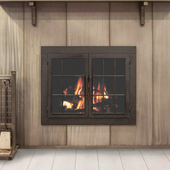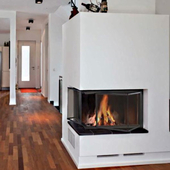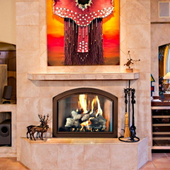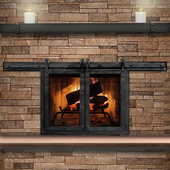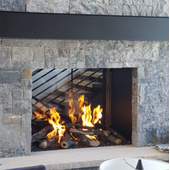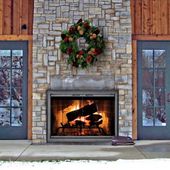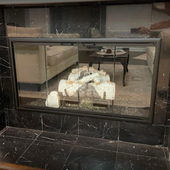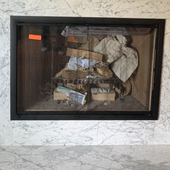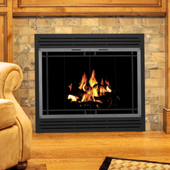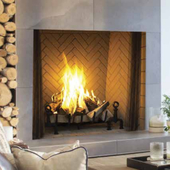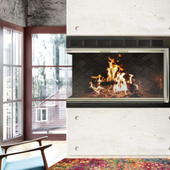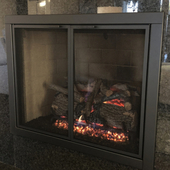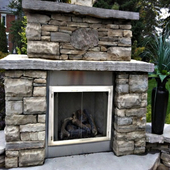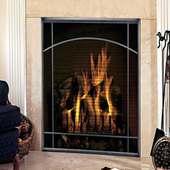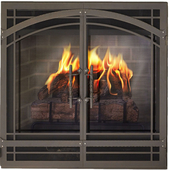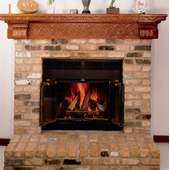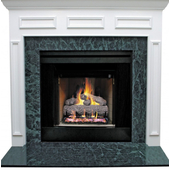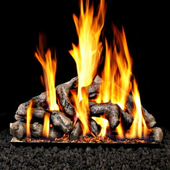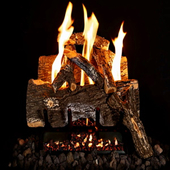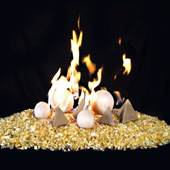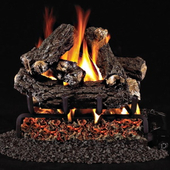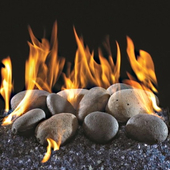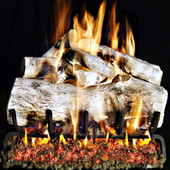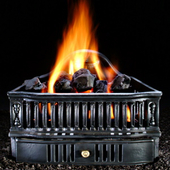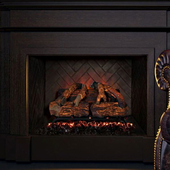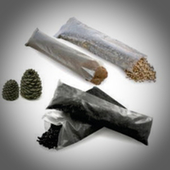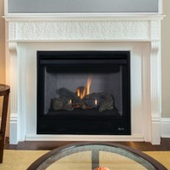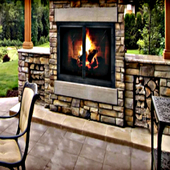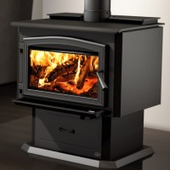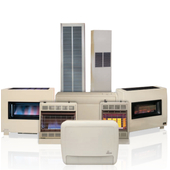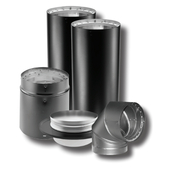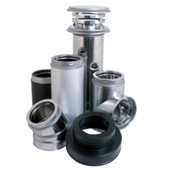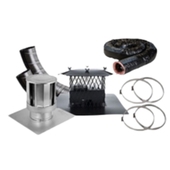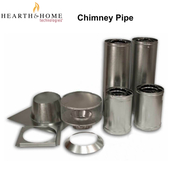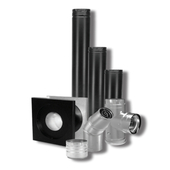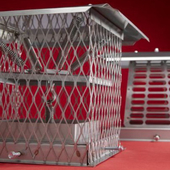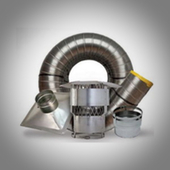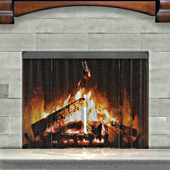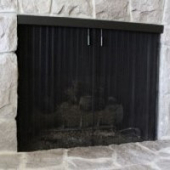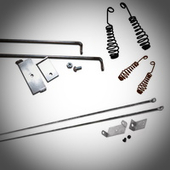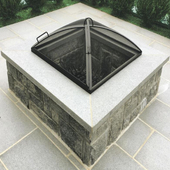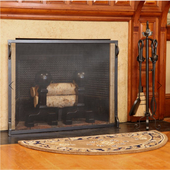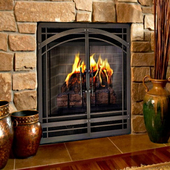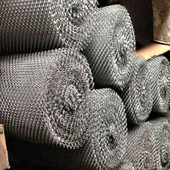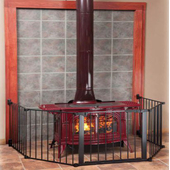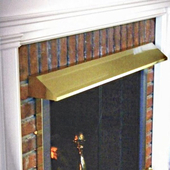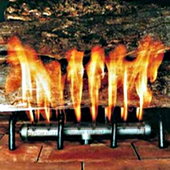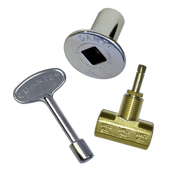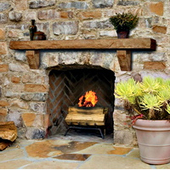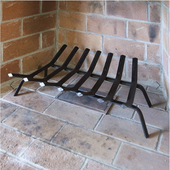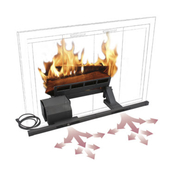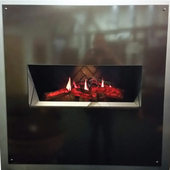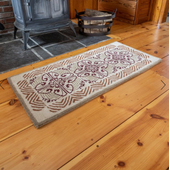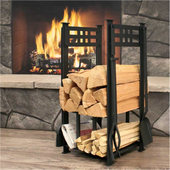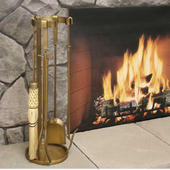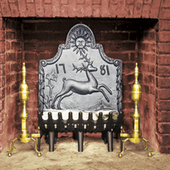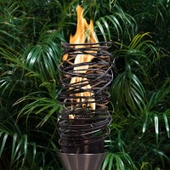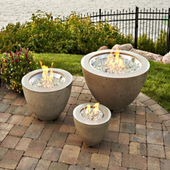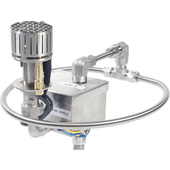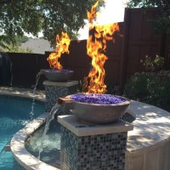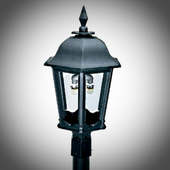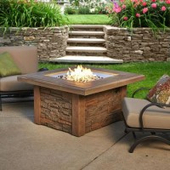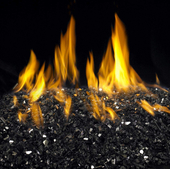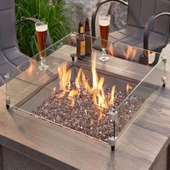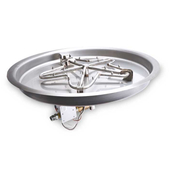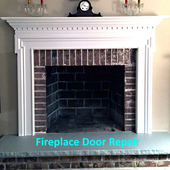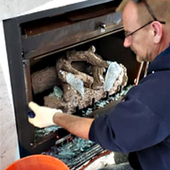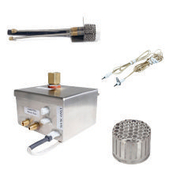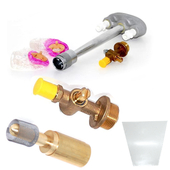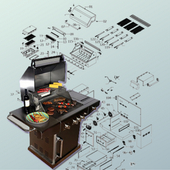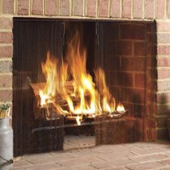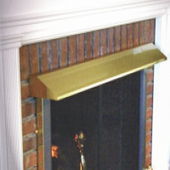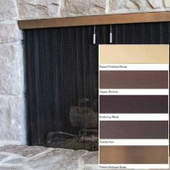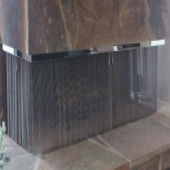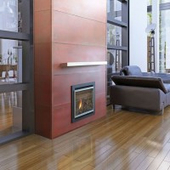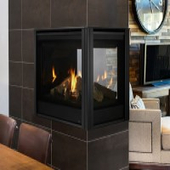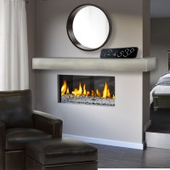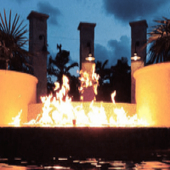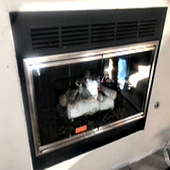What to Consider When Buying Gas Logs:
The transition to gas logs represents a blend of modern convenience and traditional warmth, offering an appealing alternative to the classic wood-burning fireplace. This comprehensive guide is designed to navigate you through the various aspects of selecting, installing, and enjoying gas logs. By dissecting the benefits and drawbacks, delving into appropriate settings, unpacking the installation intricacies, and outlining the financial considerations, this article aims to provide a thorough understanding and actionable insights for prospective gas log buyers.
Unveiling the Appeal of Gas Logs
Advantages
- Instant Warmth and Ambiance: Gas logs deliver the immediate comfort of a fire with just a push of a button, sidestepping the laborious process of sourcing, storing, and burning wood.
- Clean and Hassle-Free: The minimal ash and absence of creosote translate to a cleaner living space and a reduction in maintenance chores, contrasting sharply with the demands of wood-burning alternatives.
- Precision Control: Equipped with adjustable settings, gas logs allow you to fine-tune the flame and heat output, ensuring your comfort is always at the forefront.
- Enhanced Safety: By eliminating the risks of sparks and flying embers, gas logs offer a safer fireplace experience, particularly in households with pets or young children.
- Efficient Heating: Gas logs can outperform traditional wood fires in heat efficiency, potentially leading to lower heating costs over time.
Considerations
- Visual and Auditory Experience: Despite technological advancements, some aficionados find gas logs can't fully replicate the sensory experience of crackling wood and the intricate dance of real flames.
- Fuel Dependency: The reliance on a steady supply of natural gas or propane may present challenges in regions where these fuels are less accessible or subject to fluctuation in availability and price.
- Initial Investment: The upfront costs associated with acquiring and setting up gas logs, including any necessary gas line installations, can surpass those of a basic wood fireplace setup.
- Scent of Nostalgia: The characteristic smell of burning wood, often associated with warmth and comfort, is absent in gas log fireplaces, which might be a drawback for some.
- Routine Maintenance: While generally low-maintenance, gas logs do necessitate periodic inspections and cleanings to ensure optimal performance and safety.
Ideal Settings for Gas Logs
Gas logs exhibit a versatile nature, fitting seamlessly into various indoor and outdoor environments:
- Residential Retreats: From the living room to the bedroom (with bedroom-approved units), gas logs can transform any space into a cozy sanctuary.
- Al Fresco Elegance: Specially designed outdoor gas log sets can elevate the ambiance of patios and gardens, extending the comfort of your home into the great outdoors.
- Intimate Gatherings: Incorporating gas logs into dining areas can add a layer of sophistication and warmth, enhancing the dining experience.
Navigating the Installation Journey
Fuel Type and Ventilation
- Begin by determining the fuel type available to you—natural gas or propane—as this will influence the gas log options suitable for your home.
- Decide between vented and ventless configurations. Vented gas logs necessitate a chimney or flue, emulating a traditional fireplace's ventilation, while ventless models offer greater flexibility in placement but come with specific safety and installation considerations.
Professional Touch
- Engage a licensed professional for the installation to ensure that your gas logs are set up safely and in accordance with local codes and standards.
Infrastructure and Setup
- Assess the need for a new gas line to connect your gas logs to the fuel source, a task that should be handled by professionals.
- Proper positioning within the fireplace is crucial not just for aesthetics but also for safety and heating efficiency.
Financial Framework
The investment in gas logs encompasses more than just the initial purchase:
- Gas Log Set: Prices vary widely, from affordable basic models starting around $200 to high-end versions exceeding $1,500, influenced by factors like craftsmanship, technology, and materials.
- Installation Costs: Professional installation fees can range significantly, influenced by regional labor rates and the complexity of your setup, especially if new gas lines are required.
- Accessories and Extras: Budget for additional costs associated with decorative elements, remote control functionality, and safety enhancements, which can enhance the usability and enjoyment of your gas logs.
Gas logs offer a compelling combination of convenience, aesthetics, and safety for those looking to recreate the fireplace experience without the complexities of a wood-burning hearth. By carefully considering the various factors outlined in this guide—from the type of gas logs that best suit your needs and preferences to the installation requirements and associated costs—you can make an informed decision that enhances the comfort and appeal of your home. Whether nestled indoors with a book by the flickering flames or gathered outside under the stars, gas logs promise to add warmth and charm to any setting.
Frequently Asked Questions:
- Are gas logs efficient heaters?
Yes, they can be more efficient than wood-burning fireplaces, but their heating capacity depends on the model.
- Can I convert my wood-burning fireplace to gas logs?
In most cases, yes. Consult a professional to determine the feasibility and requirements for conversion.
- Do gas logs need ventilation?
Vented gas logs require ventilation through a chimney or flue. Ventless gas logs are designed to burn cleanly and don't need ventilation, but they have specific safety regulations.
- Are gas logs safe for indoor use?
Yes, when properly installed and maintained, gas logs are safe for indoor use. Follow the manufacturer's guidelines and have them inspected regularly.
- Do gas logs produce real flames?
Yes, gas logs produce real flames that closely resemble those of a wood-burning fire.
In conclusion, gas logs offer a convenient and versatile option for adding warmth and ambiance to your living space. By understanding the pros and cons, suitable locations, installation process, costs, and frequently asked questions, you can make an informed decision that suits your preferences and needs. Remember to consult professionals for installation and adhere to safety guidelines to enjoy your gas logs to the fullest.


